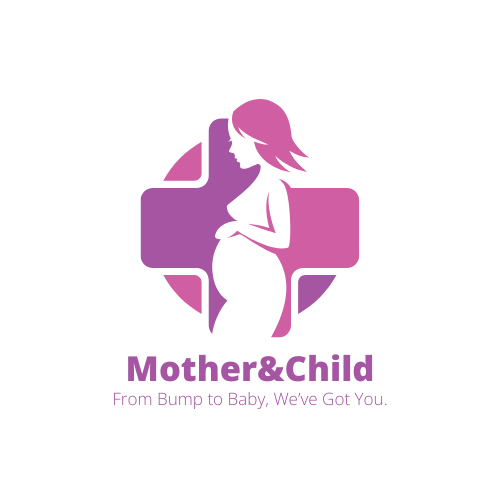🟡 What is Normal (Physiological) Jaundice?
🍼 Physiological jaundice is a normal and expected yellowing of a newborn’s skin and eyes that:
-
Appears between Day 2 and Day 5 after birth
-
Peaks by Day 4 to 5
-
Resolves on its own by Day 10 (or 14 for preterm babies)
-
Does not come with other symptoms (baby feeds well, gains weight, is active)
🧠 Why does it happen?
-
Newborns break down red blood cells faster than adults.
-
Their liver is still immature and can’t remove bilirubin quickly.
-
In African babies, this breakdown is sometimes faster due to genetic traits like G6PD deficiency.
🔴 What is Pathological Jaundice?
🚨 Pathological jaundice is a dangerous form of jaundice that:
-
Appears in the first 24 hours after birth
-
Rises very quickly (bilirubin levels climb fast)
-
Lasts longer than normal (beyond Day 10–14)
-
Comes with other warning signs like:
-
Refusal to feed
-
High-pitched cry
-
Sleepiness or floppy body
-
Fever
-
Seizures
-
🧪 Often caused by:
-
Blood group incompatibility (mother is O, baby is A/B; or Rh-negative mother and Rh-positive baby)
-
G6PD deficiency (common in African populations)
-
Infection (sepsis)
-
Prematurity or birth trauma
🆘 Red Flags That Point to Pathological Jaundice:
| Symptom | What It May Mean |
|---|---|
| Jaundice in <24 hours | Possible hemolysis or Rh incompatibility |
| Dark urine or pale stool | Liver dysfunction |
| Poor feeding or lethargy | Rising bilirubin affecting brain |
| Convulsions or stiffness | Advanced kernicterus |
Quick Tip for CHWs & Parents:
If jaundice starts early, spreads to the arms/legs, or is accompanied by illness, refer immediately.
🧪 Curated Research & Guidelines
-
American Academy of Pediatrics: Hyperbilirubinemia Guidelines
https://pediatrics.aappublications.org/content/114/1/297 -
African Study on Severe Neonatal Jaundice Causes
https://doi.org/10.1016/j.jpeds.2020.10.081 -
G6PD Deficiency and Jaundice Risk in African Newborns
https://pubmed.ncbi.nlm.nih.gov/30832486/ -
Clinical Recognition in Low-Resource Settings – WHO Neonatal Pocketbook
https://apps.who.int/iris/handle/10665/42633
🧩 Mini Quiz: Normal vs. Pathological Jaundice
Q1. When does normal (physiological) jaundice typically appear?
A. Within the first 12 hours
B. On Day 2–3 after birth
C. After two weeks
D. At the time of delivery
✅ Answer: B
Rationale: Normal jaundice starts 2–3 days after birth and resolves within a week.
Q2. Which of the following is a danger sign of pathological jaundice?
A. Baby gaining weight
B. Yellow eyes only
C. Seizures or stiff body
D. Crying during feeding
✅ Answer: C
Rationale: Seizures are a serious symptom that may mean bilirubin has reached the brain—emergency care is needed.
Q3. What’s a common cause of pathological jaundice in African babies?
A. Too much crying
B. Breastfeeding
C. G6PD deficiency
D. Mosquito bites
✅ Answer: C
Rationale: G6PD deficiency, a genetic condition common in African populations, can cause rapid red blood cell breakdown leading to jaundice.
Q4. If jaundice lasts more than 2 weeks in a full-term baby, what should a caregiver do?
A. Wait it out
B. Give sugar water
C. Take the baby to the clinic
D. Stop breastfeeding
✅ Answer: C
Rationale: Jaundice lasting longer than normal could signal liver problems or infection and needs medical attention.
👩🏿💼 African Wisdom Spotlight:
“A baby’s colour is not just beauty—it’s also a message. When that golden tone turns yellow, it’s time to act, not guess.” – Midwife from Kisumu, Kenya


